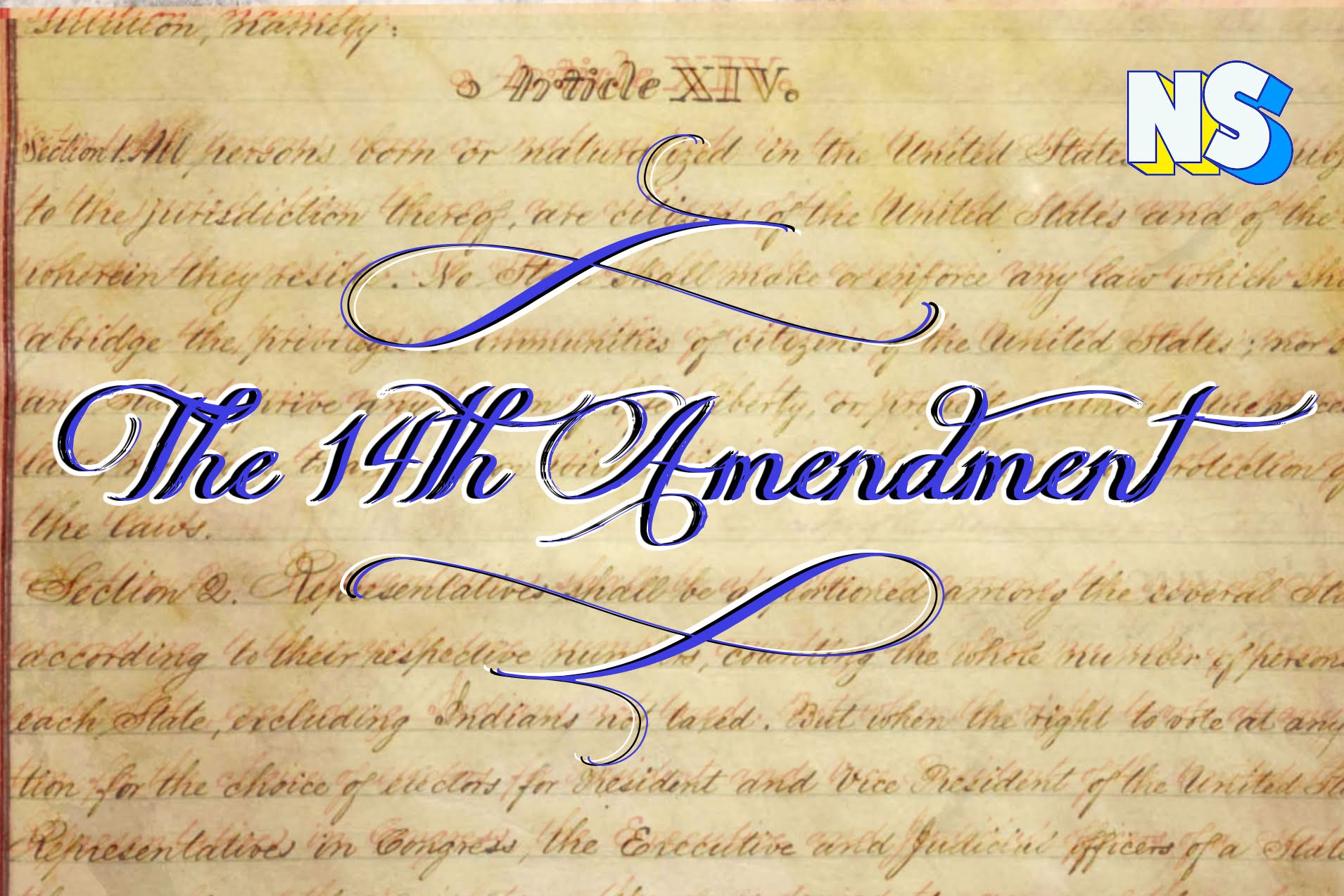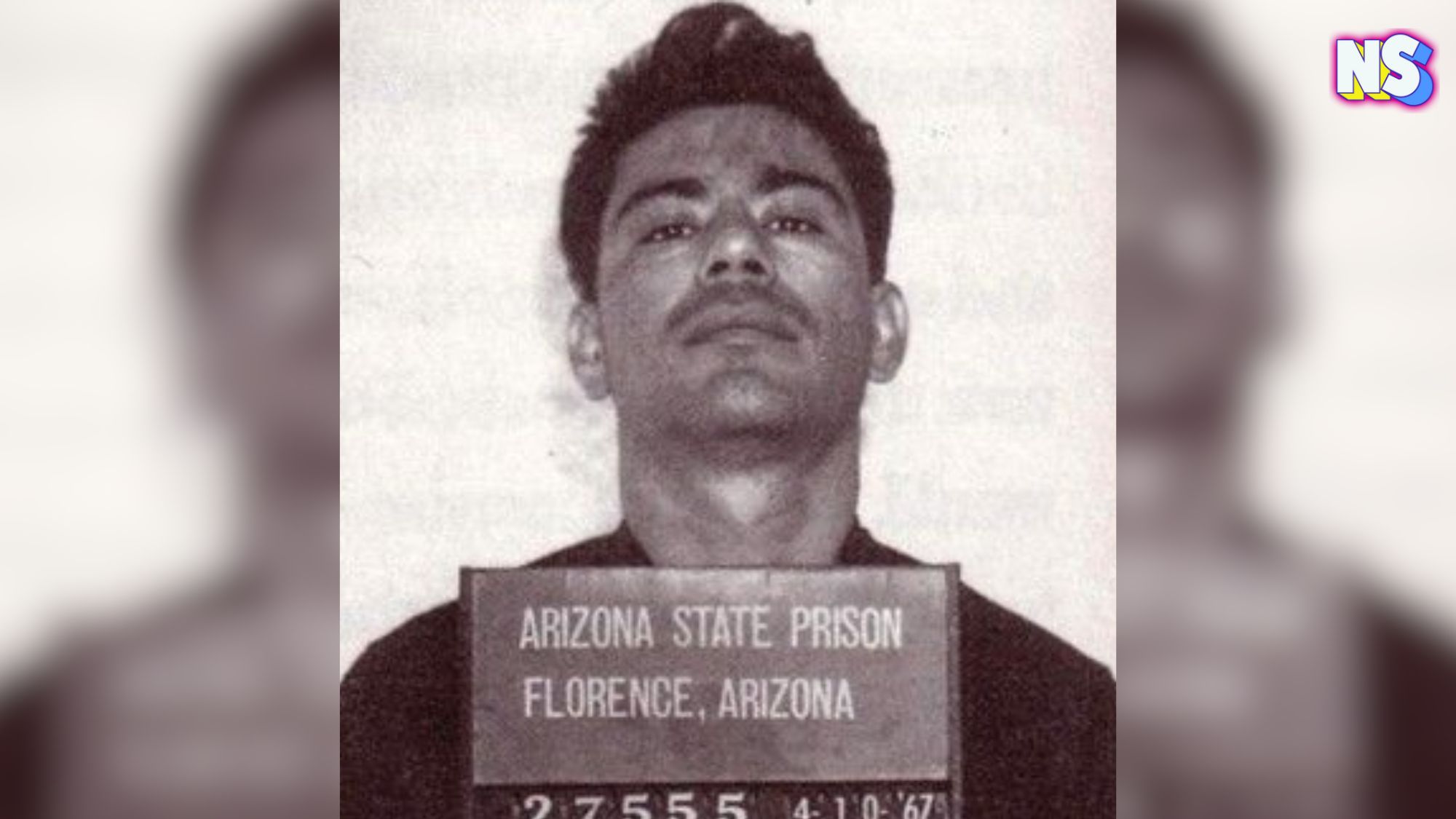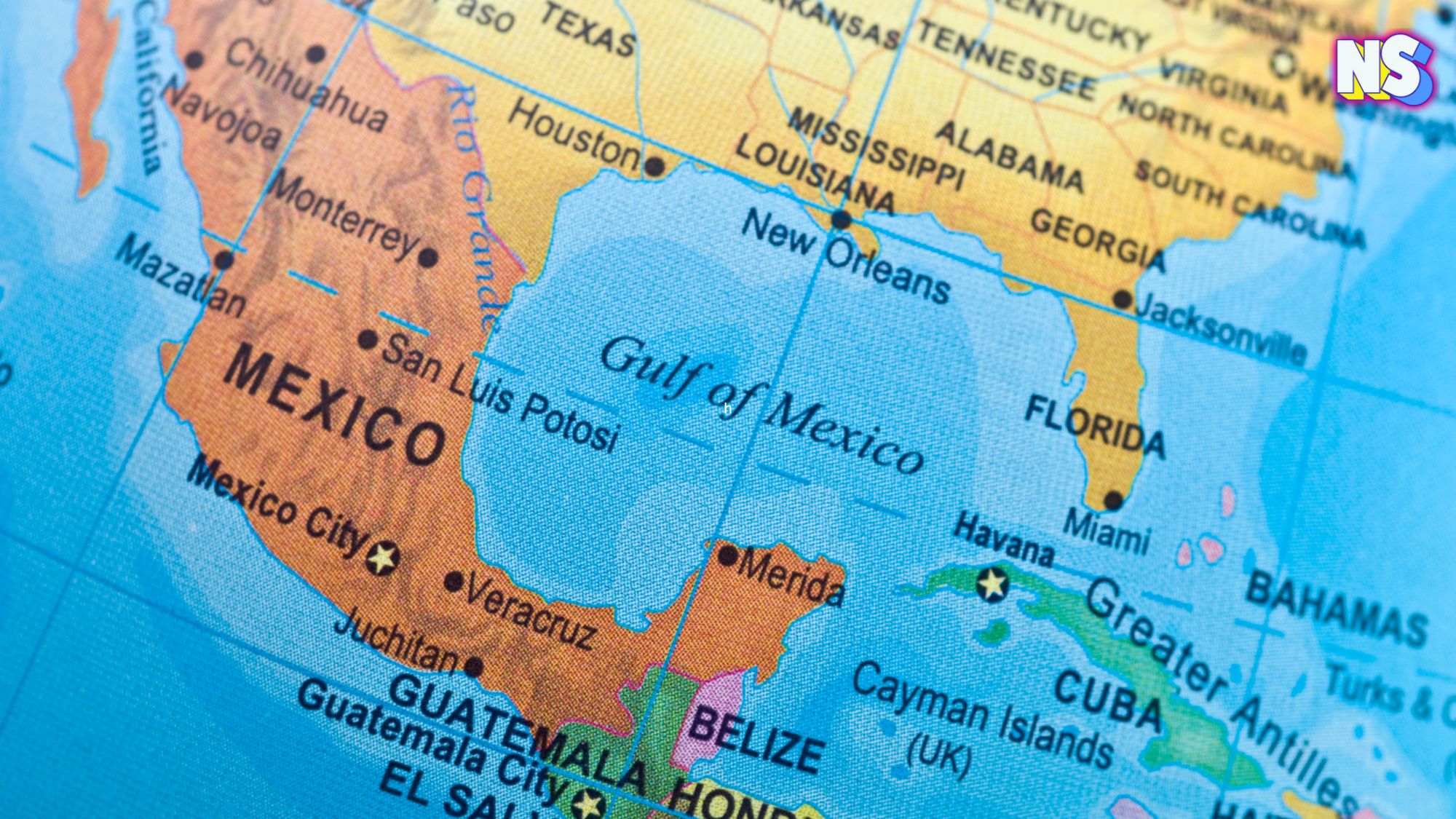Image courtesy of Nuestro Stories.
The Fourteenth Amendment is never something we would have anticipated trending in 2022. Still, as usual, the 2020s constantly seem to surprise us.
Though the Constitution is something that is taught to anyone between the ages of 9-13 years old who attends a public school, the sudden upsurge in relevance has inspired us to give a basic breakdown of what the amendment is, the history of its creation, it’s 20th-century tie into Latinos in America, and why it is suddenly on everyone’s mind today.
The History of the Fourteenth Amendment
When the Civil War ended its year-long bloodbath between the Northern and Southern states on April 9th, 1865, the result was that the thousands of Black men, women, and children who had previously been held as slaves were now free citizens upon US soil — at least allegedly.
Though the war ended in April, it would be an additional two months before the Western states, especially Texas, which had the largest population of enslaved people in the West, to find out that Black people were now free. It would take another six months before the 13th Amendment — which officially abolished slavery (outside of involuntary servitude, aka prison labor) — was ratified to the constitution. The 13th Amendment was the first in a package of three amendments that set off the Reconstruction Era in the United States.
Three years after the ratification of the 13th, the Fourteenth Amendment to the constitution was brought into the fold. The Amendment, which states “all persons born or naturalized in the United States, and subject to the jurisdiction thereof, are citizens of the United States and of the State wherein they reside,” came as a direct counter to the landmark Dred Scott case.
The Dred Scott decision went before the United States Supreme Court on March 6th, 1857. The issue came about when Scott, originally a slave in Missouri, was forced by his slave-owners to leave Missouri and cross state lines to Illinois, a state where slavery was illegal. When he was later forced back to Missouri by the same slave-owners, Scott sued in court for his freedom, arguing that once he had been taken to Illinois, he became a free man and that bringing him back to Missouri as an enslaved person was breaking the law.
He lost and appealed all the way up to the Supreme Court. Of course, as is often the case with SCOTUS, bias played an unfortunate role in the 7-2 decision that ruled slaves were, in fact, not citizens under the Constitution, and they could not invoke the legal protections that were afforded to citizens, up to and including freedom.
The Fourteenth Amendment disavowed that ruling, stating that not only were all persons born or naturalized in the US citizens of the country but that “… nor shall any State deprive any person of life, liberty or property, without due process of law; nor deny to any person within its jurisdiction the equal protection of the laws.”
The citizenship aspect is precisely where this historical amendment finds its Latino-specific connection.
Black and Brown Shut it Down
During the Reconstruction Era, there was a bucolic backlash from the beaten Southern states who felt as though their rights had been stripped away.
The way modern-day Republicans feel about the government taking their guns is how 1860s Southerners felt about the government taking their slaves. They felt their fundamental rights had been infringed upon, and what was already an impressively strong hatred grew stronger. In response to the freeing of enslaved people and the subsequent era of Reconstruction, many states began enacting The Black Codes, better known as the Jim Crow laws.
A legal loophole that basically criminalized Black people for being Black. The Jim Crow laws first drew the metaphorical line in the sand, creating what quite literally became a Black and white world.
Through the Jim Crow laws, those in power deemed anyone who wasn’t Black, as white, Including the hundreds upon thousands of Latinos who lived on US soil, which backfired in a major way when it came to the issues of citizenship. This brings us to 1954. Two weeks before another significant SCOTUS decision in the same year (Brown v Board of Education), there was Hernandez v. Texas, a case directly connected to the Fourteenth Amendment.
A farmworker named Pete Hernandez was initially indicted for the murder of Joe Hernandez by an all-white jury in Jackson County, Texas.
Claiming that there was an inherent bias against Mexican-Americans serving on juries, Hernandez’s legal team attempted to have the indictment quashed, arguing further that the over 25 years without a Mexican serving on any jury pointed to the racist nature of the jury commission.
Their final argument rested on the precedent that they were protected as a “special class” under the Fourteenth Amendment.
As the case carried through to appeals, the reasoning cited for deeming there was no bias was that ‘Mexicans…are members of and within the classification of the white race…” using the legal loophole created by Jim Crow laws nearly 100 years before to strike down the idea that Latinos were included within the bylines of the Fourteenth.
In a unanimous decision, the 1954 SCOTUS deemed that the Fourteenth Amendment’s protections extend beyond the Black and white classifications and extend to other racial groups, concluding that the Fourteenth Amendment “is not directed solely against discrimination due to a ‘two-class’ theory, and in this case covers that of Mexican ancestry.”





